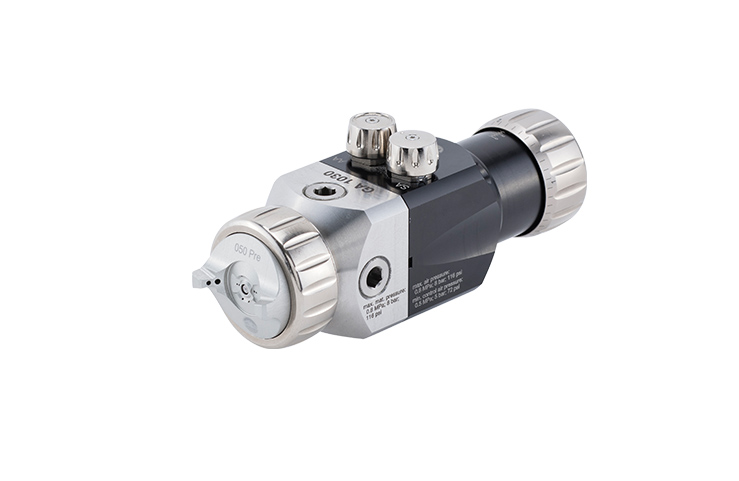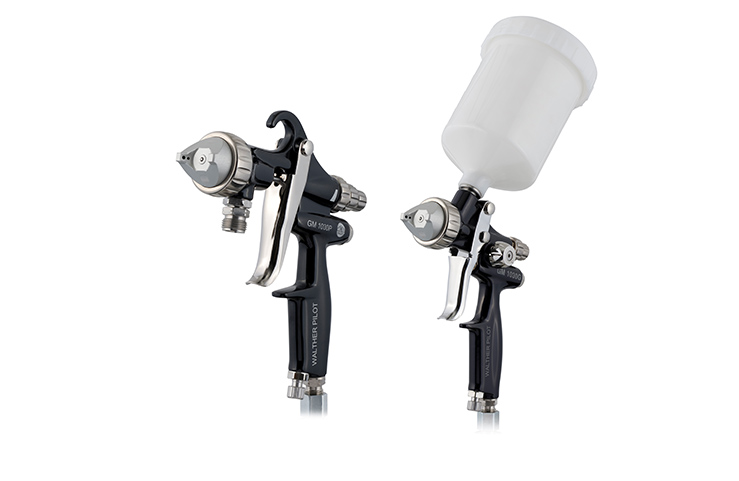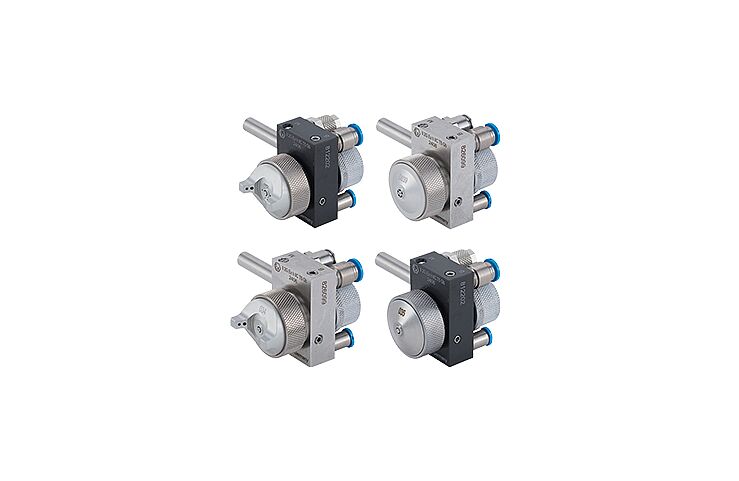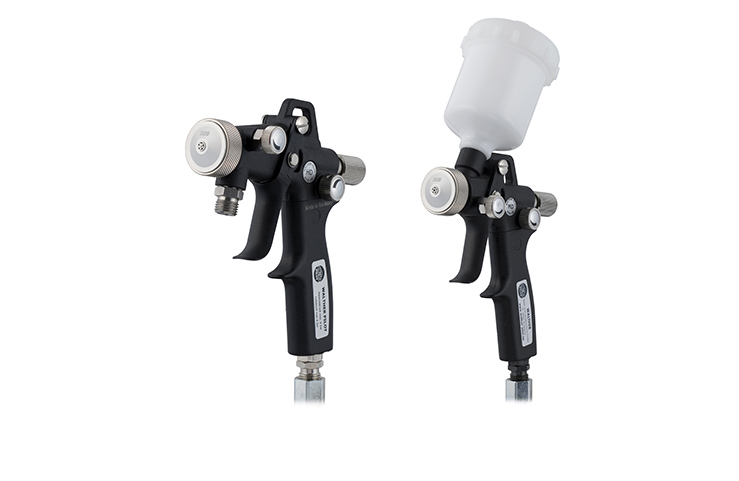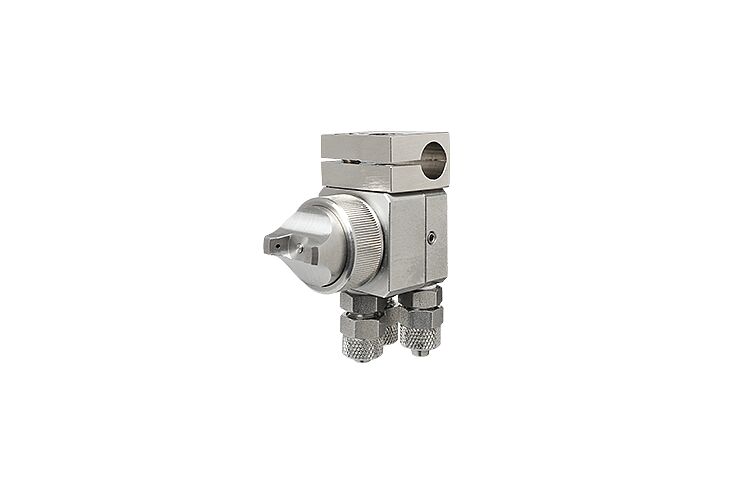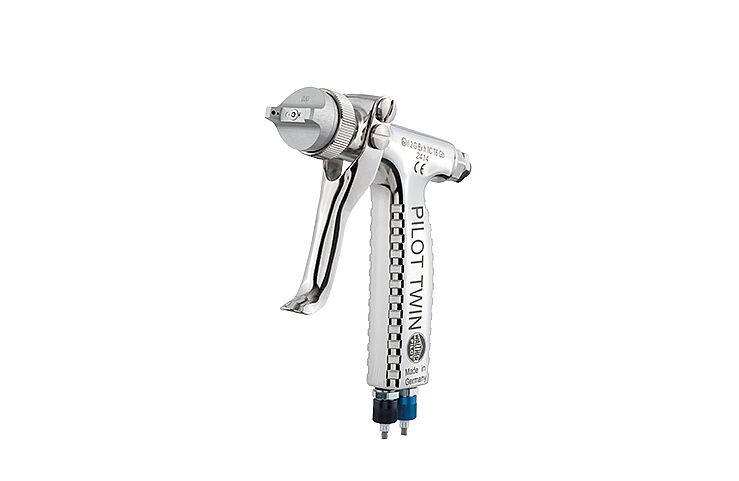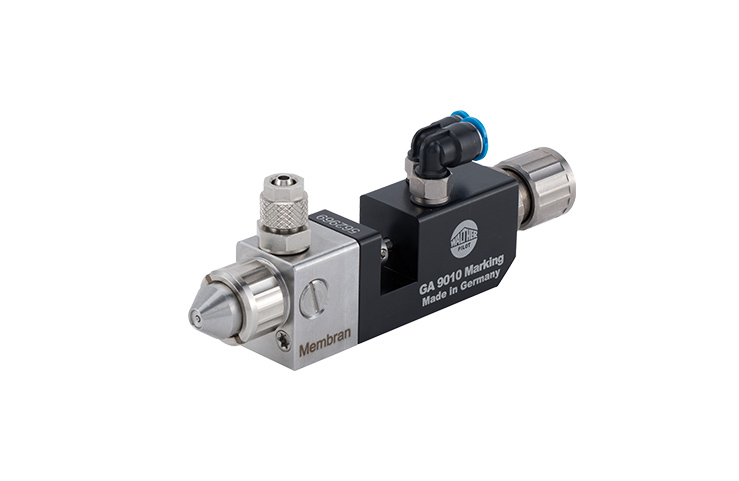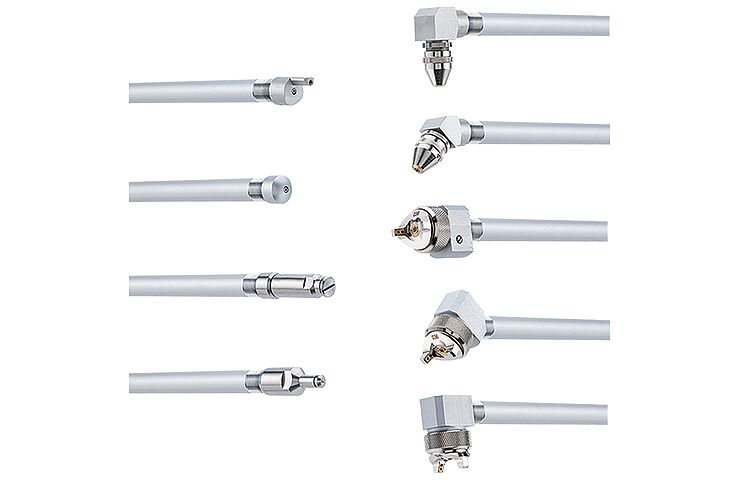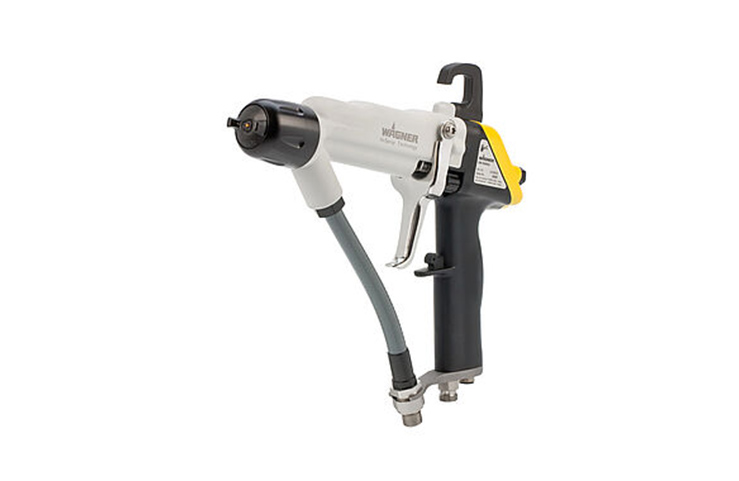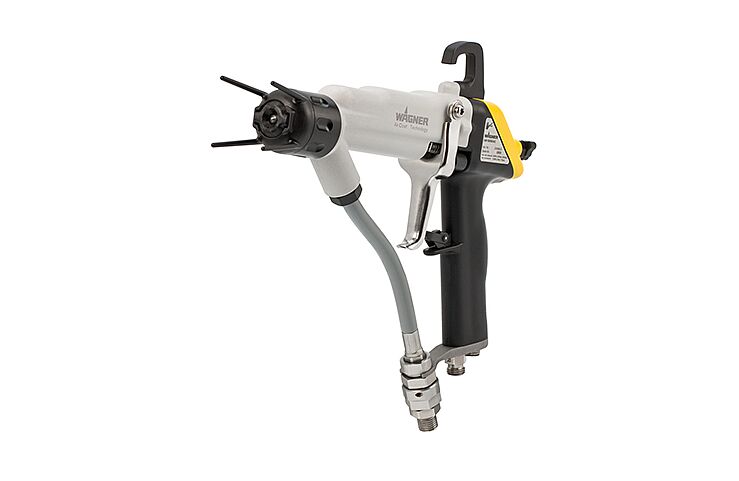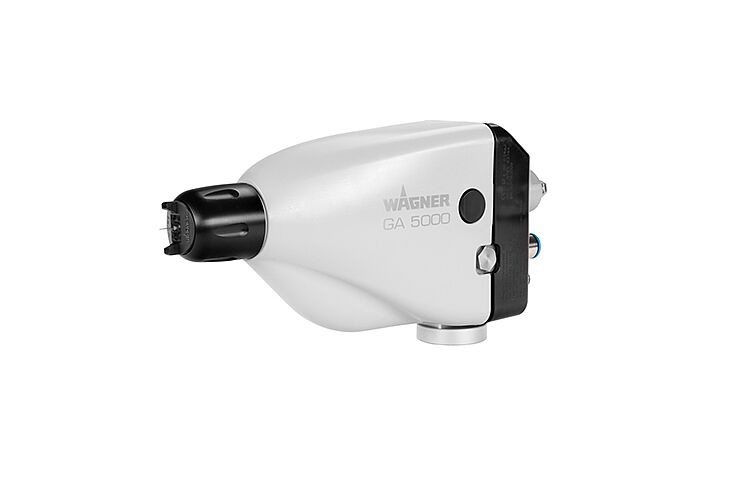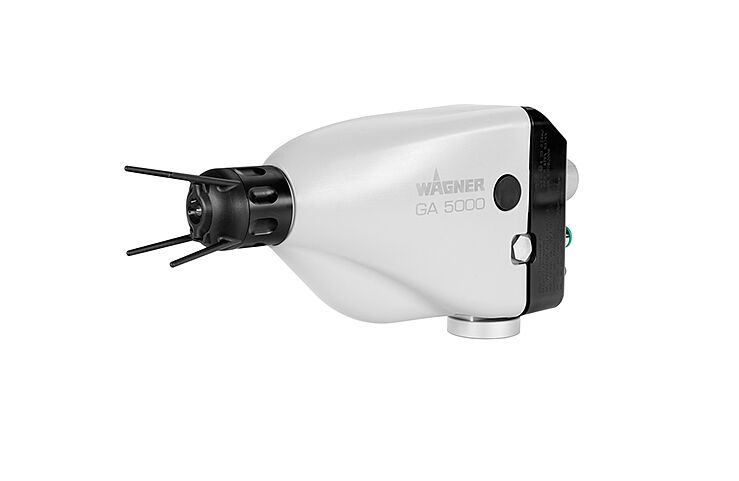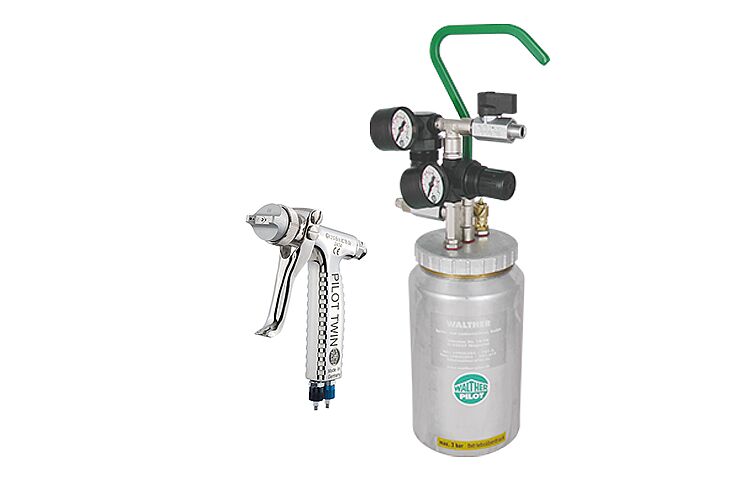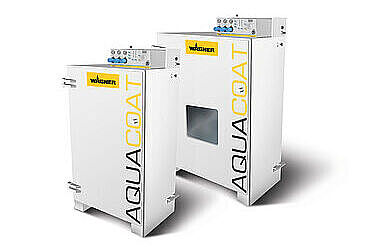Applying release agents - types, methods and systems
The processing and application of release agents can present a number of challenges. Are you wondering which release agent application system is best suited to your material?
Types of release agents
Release agents applied by airspray or aircoat, with or without electrostatics, can be solvent- or water-based. The choice between these two options depends on the specific requirements of the production process, environmental regulations and safety requirements.
Solvent-based release agents offer fast drying and even layer formation, while water-based release agents are more environmentally friendly and safer. The combination of the right release agent and application method has a decisive influence on efficiency, material utilisation and environmental compatibility in the production process.

